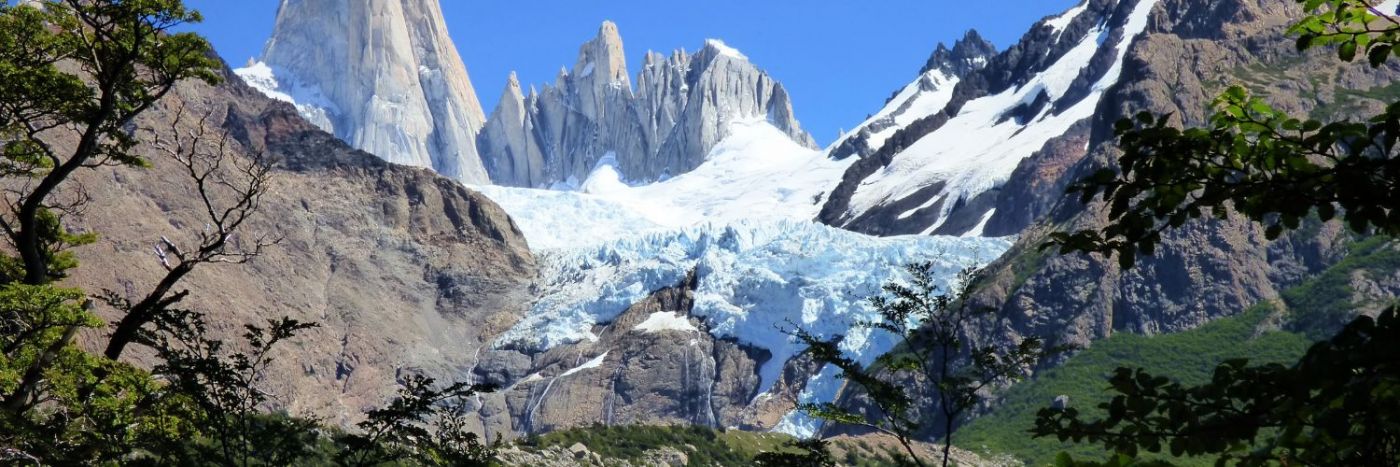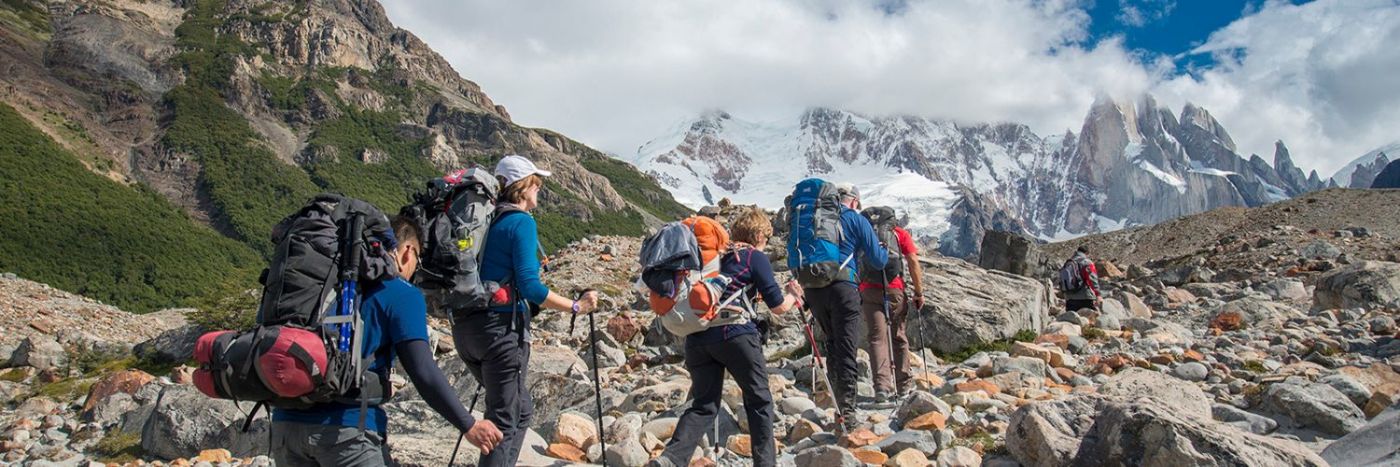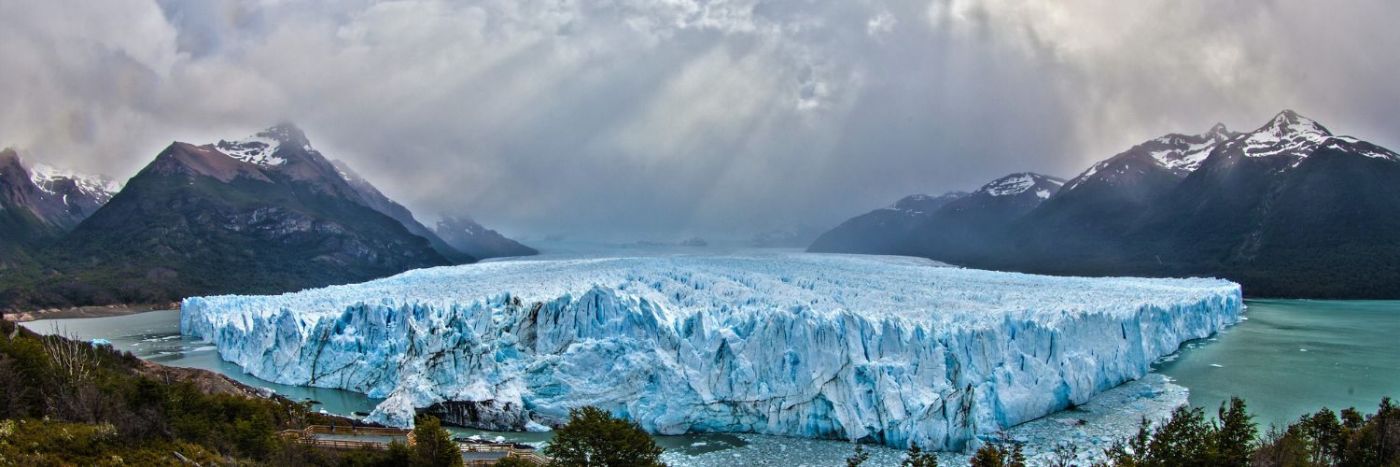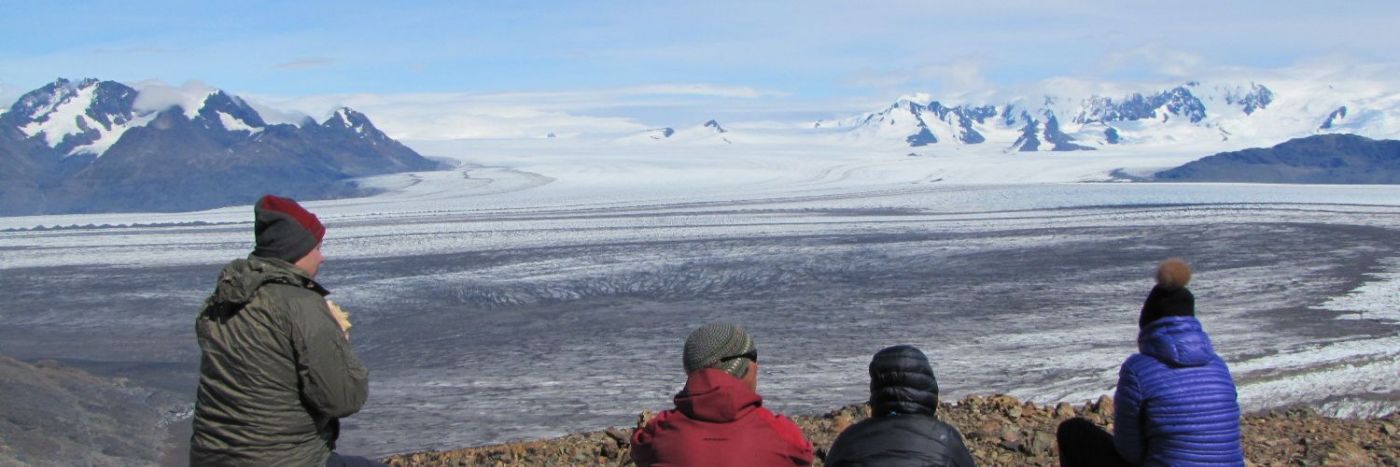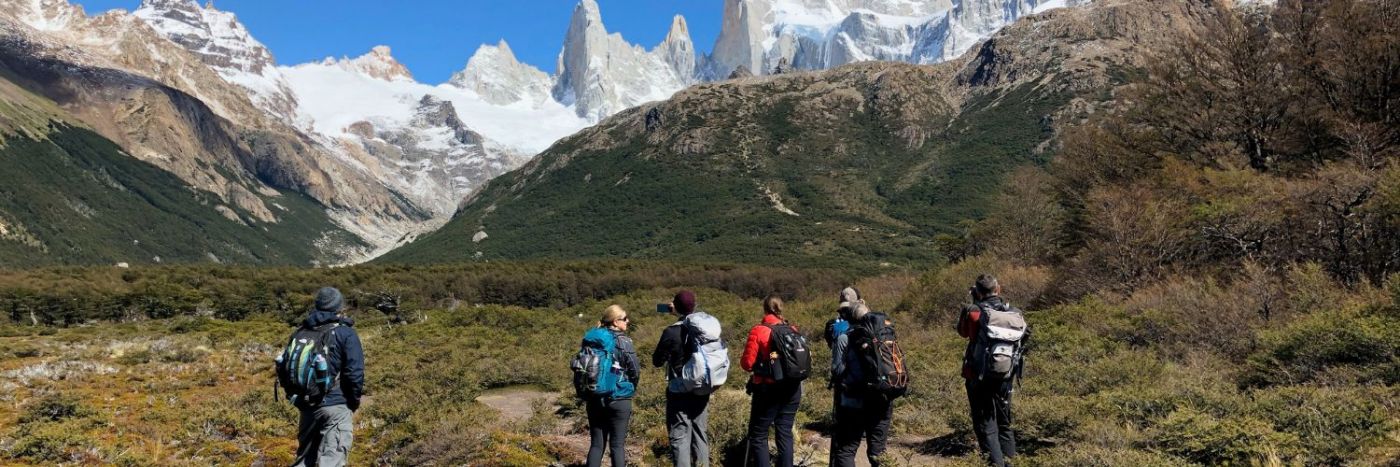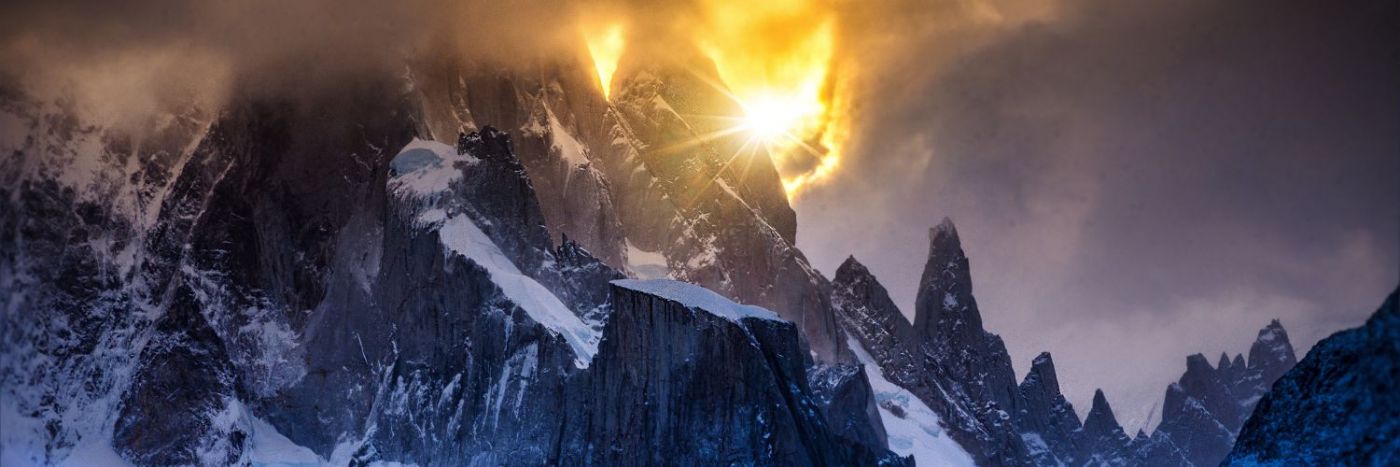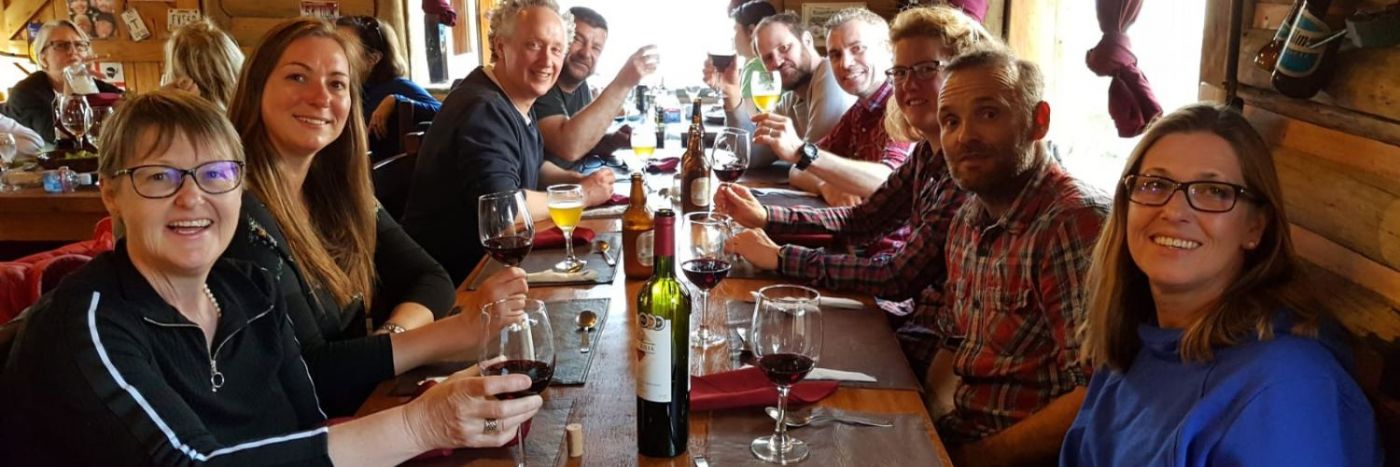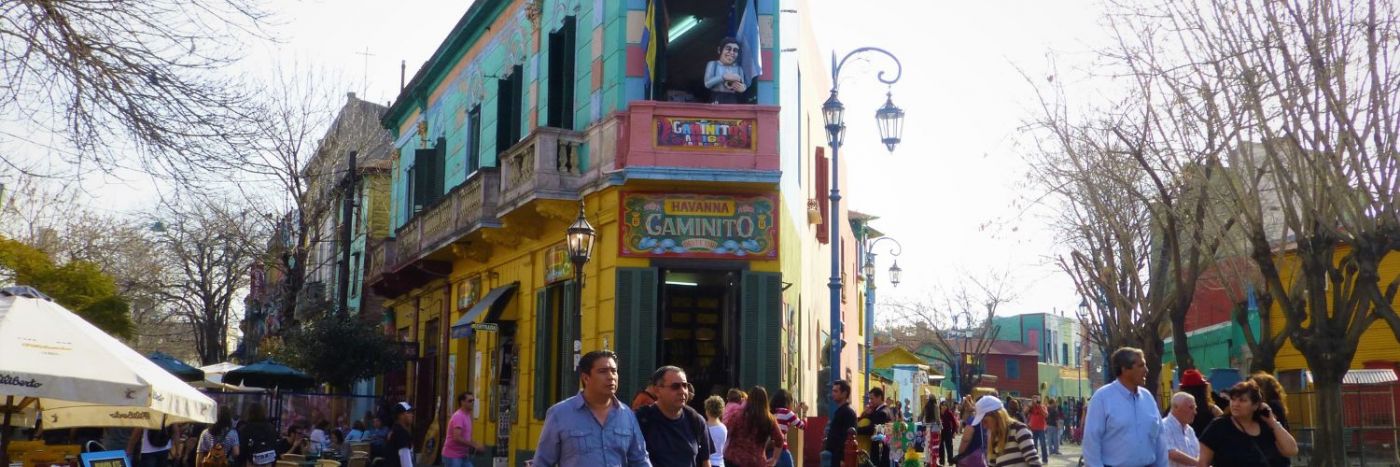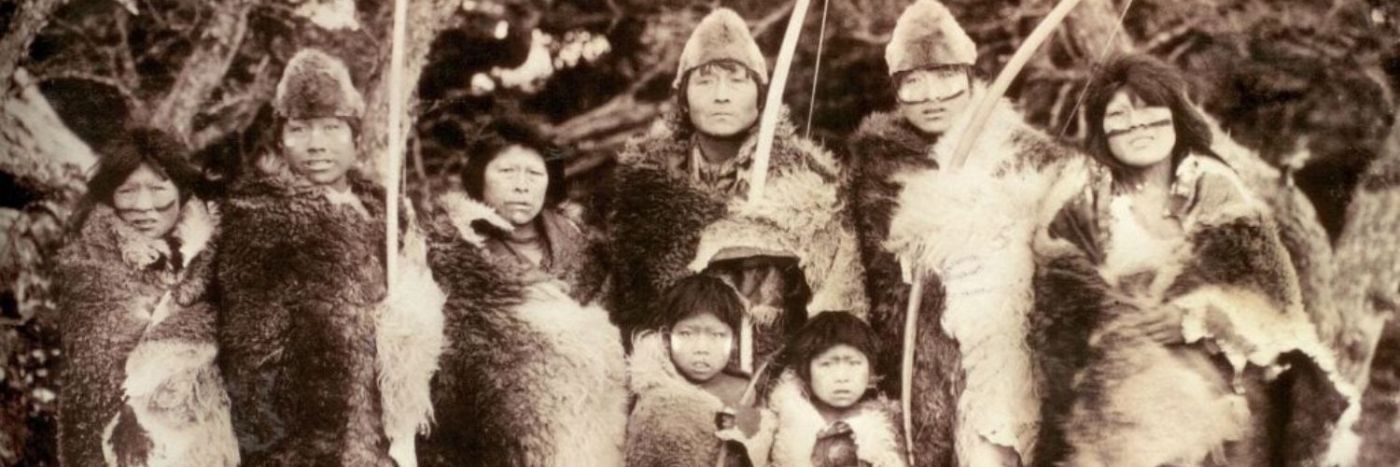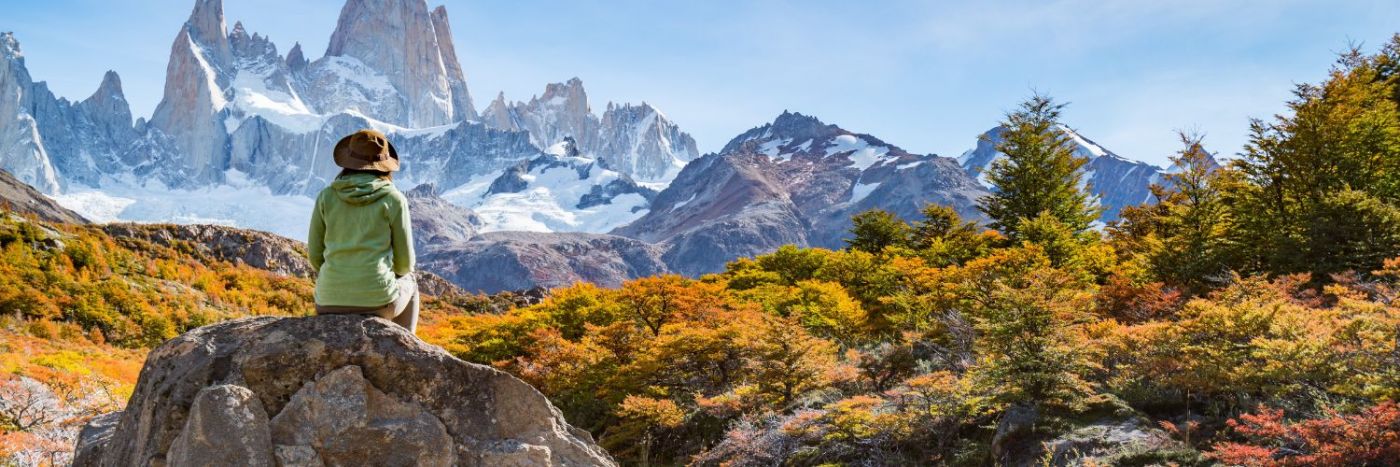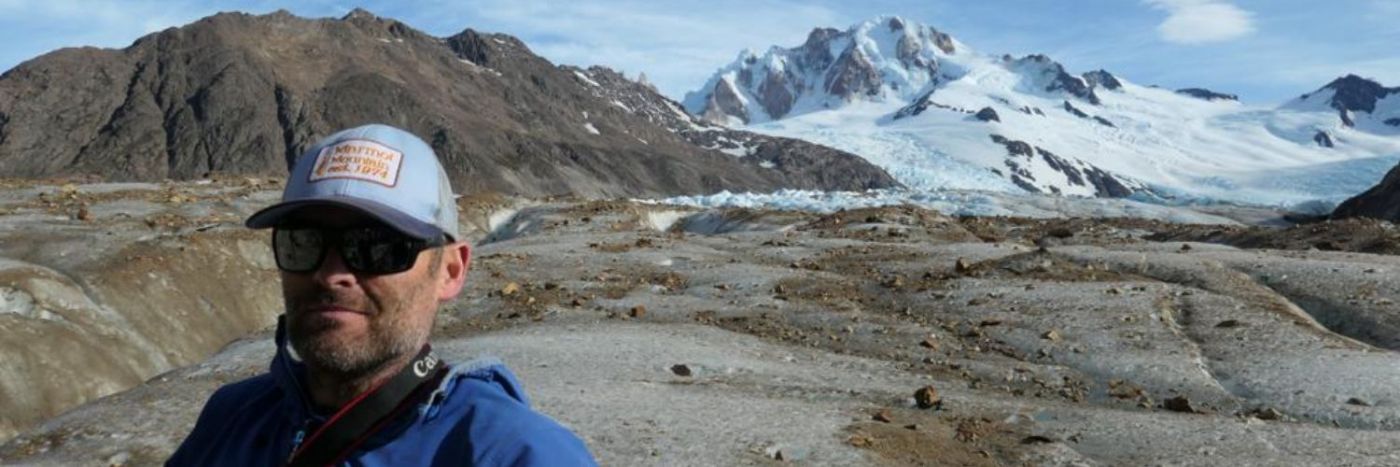10 awe-inspiring reasons to visit Patagonia
Say hello to Patagonia. The ultimate destination in the pursuit of pure remote wilderness, epic landscapes, world-class trekking and top-notch food & wine.
Boasting stunning vistas at every turn, paths untrodden by the masses, towering snow-capped mountains, a multitude of lakes varying in many colours and an abundance of wildlife, these are just a few things that draw people to visit Patagonia one of the furthest and most untouched places on Earth.
What we love most about Patagonia is its undeniable sense of remoteness. When you are exploring the wild south of Argentina, it is just you and nature. You can hear the birds chirp and the wind howl. The air is fresh and free of pollution. It’s truly an opportunity to be in the midst of wild nature and awe-inspiring landscapes.
As if you needed any more reasons to visit Patagonia and it’s vast and iconic landscape, here’s some of our reasons to ignite your adventurous spirit to visit one of the most remarkable places on the planet…..
1. Explore endless wild landscapes
There’s no denying that Patagonia has a wide variety of unique and jaw-dropping landscapes on Earth. With virgin forests, vast moving glaciers, snow-capped jaggered mountains, fast flowing rivers, interesting wildlife and more, this remote region proves to be a true paradise for nature-lovers, adventure-seekers and photographers alike.
It’s famously rugged, breathtakingly beautiful and largely untouched. This patch of the planet is one of the most exciting places in the world to explore; it has everything from penguin colonies and whale watching to some of the best treks ever step foot on. We wholeheartedly love it.
2. Set your eyes on the Perito Moreno Glacier
It doesn’t get much cooler than the Perito Moreno Glacier. One of the Earth’s most dynamic and accessible ice fields, Glaciar Perito Moreno is the stunning centerpiece of the southern sector of Parque Nacional Los Glaciares and a must see with any visit to Patagonia. Locally referred to as Glaciar Moreno, it measures a whopping 30km long, 5km wide and 60m high, but what makes it exceptional in the world of ice is its constant advance – up to 2m per day, causing building-sized icebergs to calve from its face.
Glaciers form when large amounts of snow accumulate in an area quicker than the rate it melts, leaving behind a large mass of frozen ice. Over millennia this becomes so compacted that an ice river is formed, leaving these beautiful glaciers dotted around the world.
Whilst most glaciers in the world retreat, Perito Moreno Glacier in Argentina is one of the few that is advancing. This means as the glacier grows in size, cracks and crevasses appear at the terminus, resulting in chunks of ice breaking off and crashing into the ice field below.
Scattered with boardwalks and viewing platforms along the glacier perimeter, you’ll get close enough to the action to hear ruptures of ice collapsing into the water. Whilst there are many glaciers in Argentina, Perito Moreno Glacier is by far the most spectacular and unique.
3. Stand in awe of the Southern Ice Field
Even in person, it’s hard to appreciate the immense scale of the Southern Patagonian Ice Field – entire cities would be dwarfed if placed upon the white expanse. Following a steep trekking ascent of Paso Del Viento (Windy Pass) to a height of 1,500m, it’s here the astonishing Continental Ice Field will unveil itself. Vast tracts of jagged, moraine-streaked ice extend towards the horizon, engulfing all but the tallest mountain peaks. Straddling the border of Chile and Argentina, the ice field is one of the largest non-polar glaciers on the planet, stretching along the spine of the Andes for more than 350km. The sheer scale of the world’s third largest icefield is simply jaw-dropping and a sight that not many people have been fortunate to try and absorb.
4. Trek Los Huemules Nature Reserve
This reserve has been designed and managed by a team of naturalists and conservationists specialised in the protection of the critically endangered Patagonian Huemul deer which can only be found in this area. Our carefully created Patagonia Trekking itinerary, will have you experiencing the delight of this preserved area of the Nothofagus forest where you’ll have the trail pretty much to yourself. Very few people experience this enchanting forest. You will be rewarded with spectacular views of the Fitz Roy Massif and follow Rio Diablo until reaching Luguna Diablo for more breath-taking views toward Glacier Caglirro. With an abundance of fresh water and wildlife, you may even catch glimpse of torrent ducks, the Magellanic woodpecker, condors, south Andean deer and red foxes. On your decent you will see Laguna Azul, the stunning blue glacial lake.
5. Marvel at the Fitz Roy Massif at sunrise
Carved out by glaciers eons ago, Mount Fitz Roy towers over a treasure trove of awe-inspiring trails. Winding through the heart of this UNESCO World Heritage site, Los Glaciares National Park, the Fitz Roy trek is the gateway to the walls of Patagonia’s iconic granite massif. The serrated peaks set the scene for one of the most majestic natural displays as the sun rises against the sheer granite towers of the Fitz Roy Massif imparting a warm orange, pink and yellow glow from their soaring peaks. These iconic mountains often attract everchanging cloud formations which swirl around the pinnacles. We never tire of witnessing this marvel when we visit Patagonia.
6. Hang out in the wild frontier town of El Chaltén
The simple joys of stepping back in time into what feels like a pioneering wild frontier town with horses and gauchos walking the streets. Just like a wild western movie set this is Patagonia’s beating heart and our launch pad for exploring the remarkable and vast landscapes.
The colourful and charming town of El Chaltén is nestled in the northern sector of Parque Nacional Los Glaciares, and resembles a stone amphitheater. Founded in 1985, in a rush to beat Chile to the land claim, El Chaltén feels like a bit of a ramshackle town, albeit a fun & offbeat one, featuring some great local restaurants & cafes, hippie values and dogs casually roaming the streets. It’s a fab chance to move around at a much slower pace and sample freshly made home-baked treats, delicious Argentinian red wine and sampling local brews. Plus the chocolate shop is just something else.
7. Tango to the beat of Buenos Aires
Buenos Aires is often referred to as the ‘Paris of South America.’ For Argentina’s greatest novelist, Jorge Luis Borges, his native city was an imaginary throng of cloisters, labyrinths, myths and doors, recognising the city “with a joy on the edge of vertigo.” Football, fiestas, fast-moving food, and world-class museums are the backbone of this remarkable metropolis. The well-heeled district of Palermo Soho watches the world go by from chic, shaded balconies, while the old town’s cobblestones bang and clatter with dancing shoes and pointed heels and unmissable street food, to Choripán which is the street food institution of Buenos Aires and not forgetting the outrageously colorful neighborhood La Boca that’s part memorial to the city’s working-class history. There’s plenty to take in, see and do in this cosmopolitan city.
8. Know the story of how Wales is still prospering in Patagonia today
With Jim being born and breed in Wales, the legacy of why 150 Welsh people ventured 8000 miles across the Atlantic from Wales to Patagonia to establish a remote community is a truly fascinating one which captures the imagination. How did a part of Argentina become the far-flung corner of Wales? And how did they survive, given they arrived there in midwinter, 1865, not finding the verdant land they were promised?
The answer is a story of co-operation, companionship, resilience, and some extraordinary dreamers. The pure essence of adventure. Get yourself familiar with this incredible journey from our Welsh forebearers.
Today, Argentine culture still dominates, but since the colony’s centenary in 1965, Patagonians have taken a renewed interest in their Welsh roots. It’s estimated that 5,000 people in the region now speak Welsh, Welsh place names have been preserved, church congregations sing Welsh hymns and there are even cafés serving tea and bara brith (Welsh fruit bread).
9. Discover the lesser known culture
Another great aspect about Patagonia is the chance to discover a new culture, one that many people don’t know about. Despite its remote nature, this vast region of the world has a vast history with both indigenous and cowboy culture. For us, it’s the people that really make a difference on our adventures and we’re always interested (and humbled) to discover and learn more about culture, traditions and general way of life.
Back several thousand years ago, the first indigenous groups roamed Patagonian land. They survived and flourished, despite the fierce weather conditions. The major groups that can be documented are the Tehuelche, Selk’nam, Yaghan and Kaweskar, each with their own traditions, background and way of life. Here’s a quick snap-shot of each of these remarkable groups of people….
The Tehuelche came to Patagonia during the second half of the first millennium. They were nomadic hunter-gatherers, oftentimes surviving off of guanacos and ñandus. At one point the Tehuelche moved northwards in Patagonia and took notice of the silhouette of an incredible rock formation in the distance. Today, we know of this formation as the famous Paine massif. Paine means “blue” in Tehuelche language, which was the primary colour they noticed in the distance.
Meanwhile, at the very base of Patagonia in Tierra del Fuego, resided the Selk’nam. This remote group was one of the last to be discovered by the European settlers. From their bold traditional wear to their incredible strength and ability to survive on an isolated island, the Selk’nam culture still catches the interest of many people today.
Not far from Selk’nam territory, were the Yaghan people. They were sea nomads, using canoes to sail to the icy Patagonian islands and collect food. The Yaghan would camp along the seaside as they travelled, often times sleeping in temporary structures made from wood, grass, skins and moss.
Lastly, there was the Kaweskar group. Like the one of the focal travel ethos’ of today, these individuals were known for respecting their surroundings and “leaving no trace.” Their homes were dome-shaped structures made from simple materials and could easily be taken down, leaving little impact on the environment.
10. Disconnect in a remote outdoor paradise
Patagonia has less than 2 million inhabitants; approx 1.5 people per km², making it one of the most sparsely populated regions in the world.
Without crossing the Drake Passage to Antarctica, you are in one of the most remote places in the world and about as close to the end of the world as you can get. The perfect opportunity to disconnect to reconnect.
So why not make this adventure yours and join us for literally the trip of a lifetime?
Following years of guiding in South America, Chief Ewe Jim, carefully crafted our exclusive itinerary to ensure you will experience the and discover the true beauty that lies within this South American jewel and more. Our Spring departure travels in the month of November, seeing colourful blooms of wildflowers, wildlife and new borns, fewer crowds and warmer days. And our Autumn departure travels in the month of March, a great season for photographers looking to get wildlife and landscape shots framed by autumn’s vibrant reds and yellows contrasted against azure lakes and again with lesser crowds.
If you have any questions snd looking to visit Patagonia or wish to learn more about travelling in this remarkable place, chat to Jim at jim@adventurousewe.co.uk or call him directly on 07747 346 588.
You’ll return from this southern frontier feeling revitalised in both mind and body, and with plenty of awe-inspiring tales to tell.

